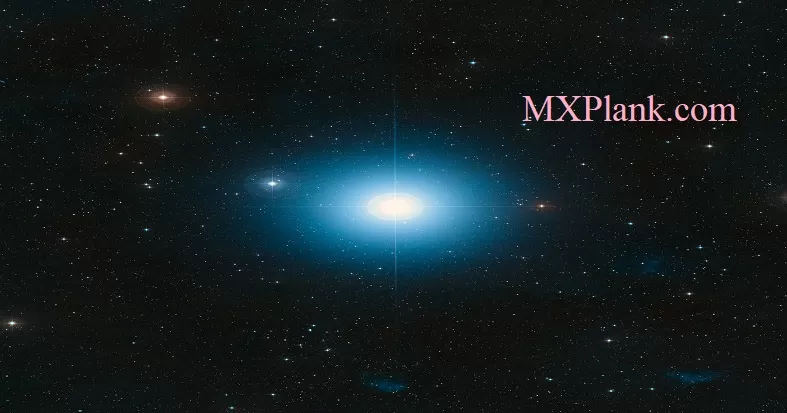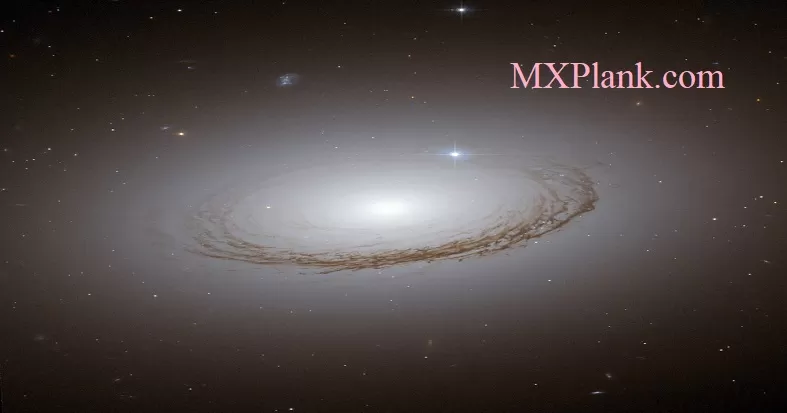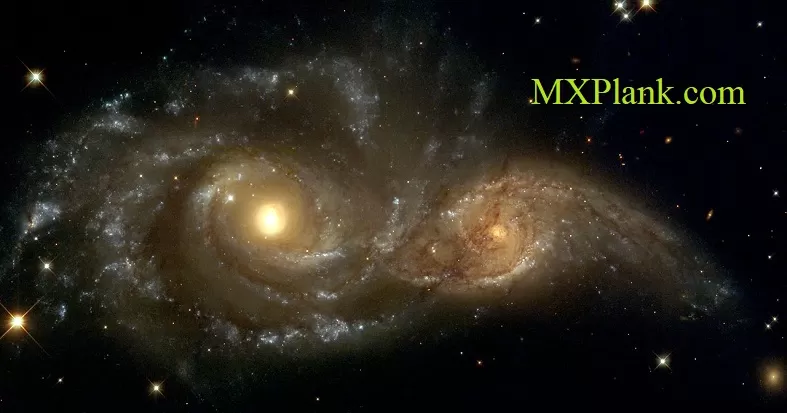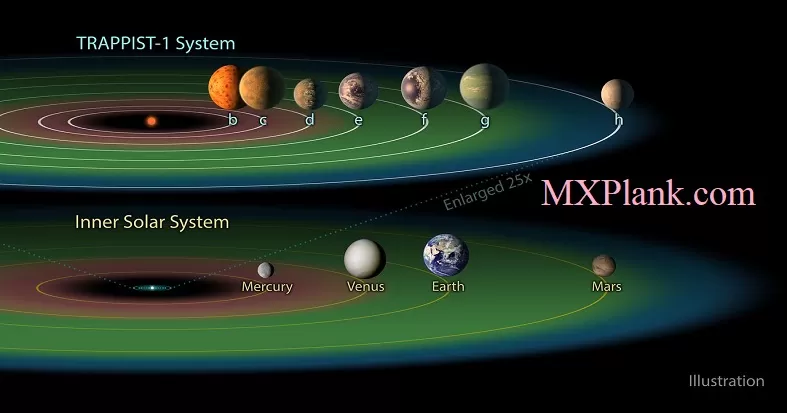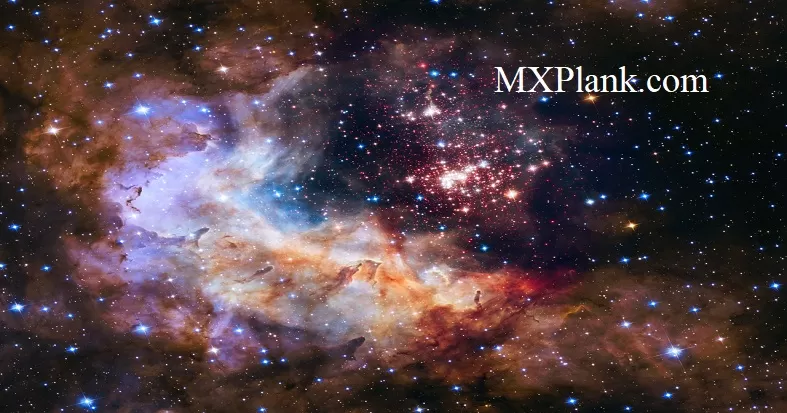The Parker Solar Probe - A Mission to Touch the Sun
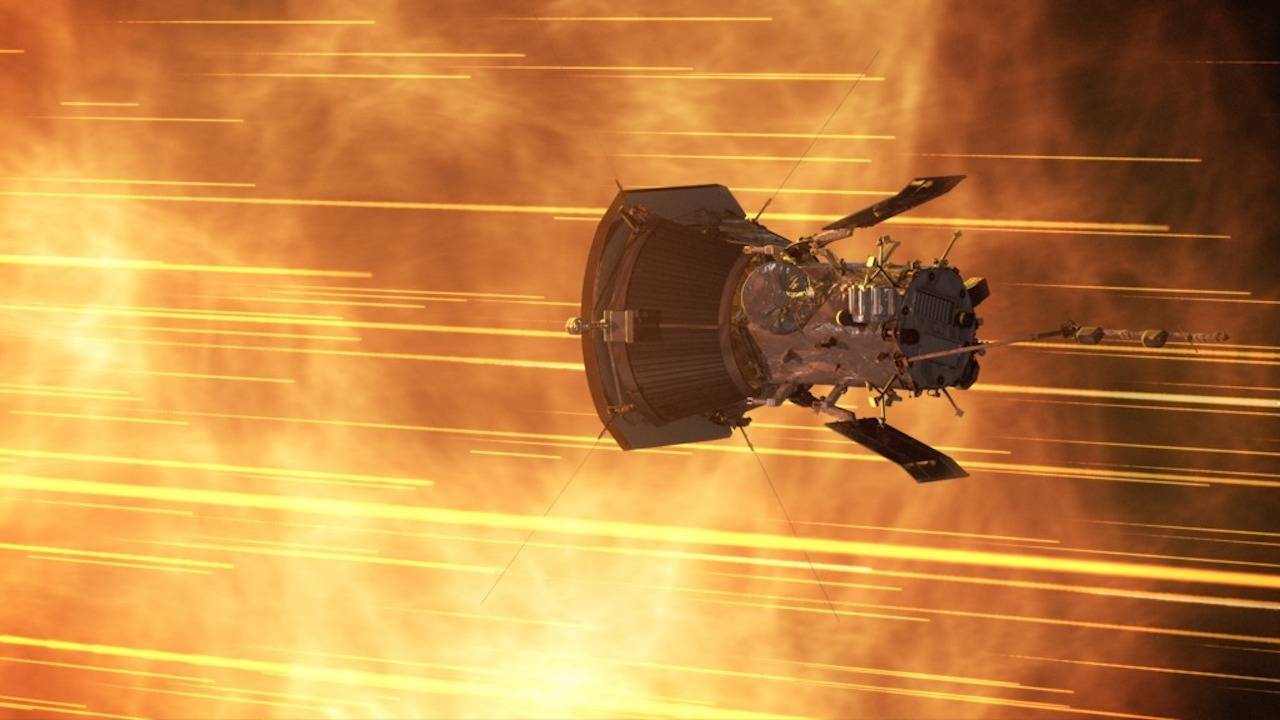
An important objective of the Parker Solar Probe is to learn more about the solar wind, an exotic stew of magnetic forces, plasma and particles. It interacts with planetary magnetospheres and atmospheres, which over the eons may have contributed to a planet’s habitability. It blankets our spacecraft and astronauts traveling to the moon or Mars. It affects space weather at and around Earth and causes beautiful aurorae.
The solar wind also travels at immense speeds, and scientists want to learn why. It leaves the Sun at a speed of up to 500 miles (800 km) a second and engulfs all major planets in the solar system. What is the source of the wind? From a distance, it’s difficult to tell.
Dr. Adam Szabo, the Parker mission scientist at NASA’s Goddard Space Flight Center says, “We’ve been examining the solar wind for over 50 years. But the wind is processed by the time it reaches Earth. By studying it much closer to the Sun, the Parker Probe will be able to tell us such things as what part of the Sun is providing the energy source for the wind’s particles and how they can accelerate to such incredibly high speeds.”
It’s like trying to understand how a car runs without looking at the motor. It’s important to get under the hood to determine the mechanisms driving the actual system.
The Parker Solar Probe is the only NASA mission named after a living person. Dr. Eugene Parker, an astrophysicist, is credited with developing the theory behind the solar wind in the late 1950’s.
When asked why he thinks so many people are drawn to this particular mission, Dr. Parker said, “I assume it’s the same reason that I got excited about it. This is a journey into Never Neverland you might say, where it’s too hot for any sensible spacecraft to function. But some very clever engineering and construction has succeeded in making what looks like a very workable mission.”
Clever indeed. At its fastest speed, the Parker Solar Probe will orbit the sun at 430,000 miles per hour (716,000 km per hour) – that’s fast enough to get from New York City to Tokyo in under a minute.
It will absorb temperatures as high as 2,500° F (1,400° C). And soon, it will begin to transmit the data to help us better comprehend one of the least understood phenomena in our solar system, the solar wind.

